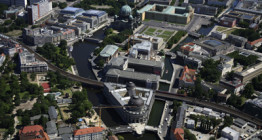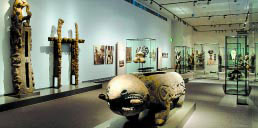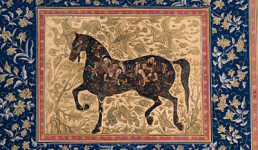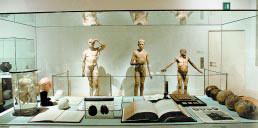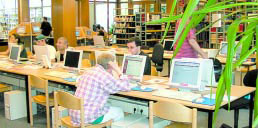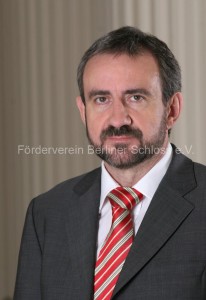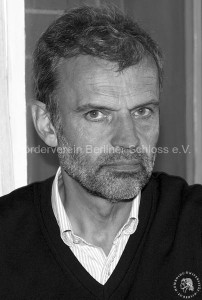The Humboldt-Forum. The usage plan for the new palace of Berlin
On July 4, 2002 the German Bundestag decided upon a new guiding concept for the configuration of the center of Berlin. It envisions a unified usage plan for the Museum island and the Palace which will cause them to mutually supplement each other for the benefit and improvement of both.
Because globalization brings with it the interconnection of political and scientific processes using a common technical jargon, it leads to a kind of uniformity among cultures with the consequent loss of a basic understanding of the “differentness” of foreign cultures and the ways of thinking of foreign peoples. Only those who know these differences and take account of them in their commercial dealings can operate successfully in the world market.
Thus, Germany will obtain a capital whose center is dedicated to the future based on a knowledge of the past. The concept of a new Berlin envisions a metropolis founded on understanding among all peoples through art, culture and knowledge. This is the fundamental progammatic theme of the Humboldt Forum, the new core of Berlin. It wil not only rehabilitate the center of one of Europe’s ancient cultural cities, destroyed by war and political despotism, it will also realize a ground breaking concept for its use. In this context, the idea of the: “AGORA” CONFERENCE AND EVENTS CENTER is also unique, namely as a magnificent international meeting place for people from society, politics, business, culture and science. The Agora will occupy 14,000 square meters of the main usage areas or 20% of the total space in the Palace. A meeting center directly in the heart of a place dedicated to culture and science is truly unique in the world and offers unimaginable synergies in the interplay of personal encounters and cultural exchanges and experiences.
With the Schlueterhof at the center of the Agora as the most elegant and beautiful festival hall of Berlin, and with a wealth of other meeting, concert and multifunctinal rooms, both large and small, the Agora, together with the Humboldt Forum, will indeed be the lively heart of central Berlin, a place where the lights will practically never be turned off. Thousands of people will seek it out for the most varied events, not the least of which will be their own personal enjoyment.
 English
English




